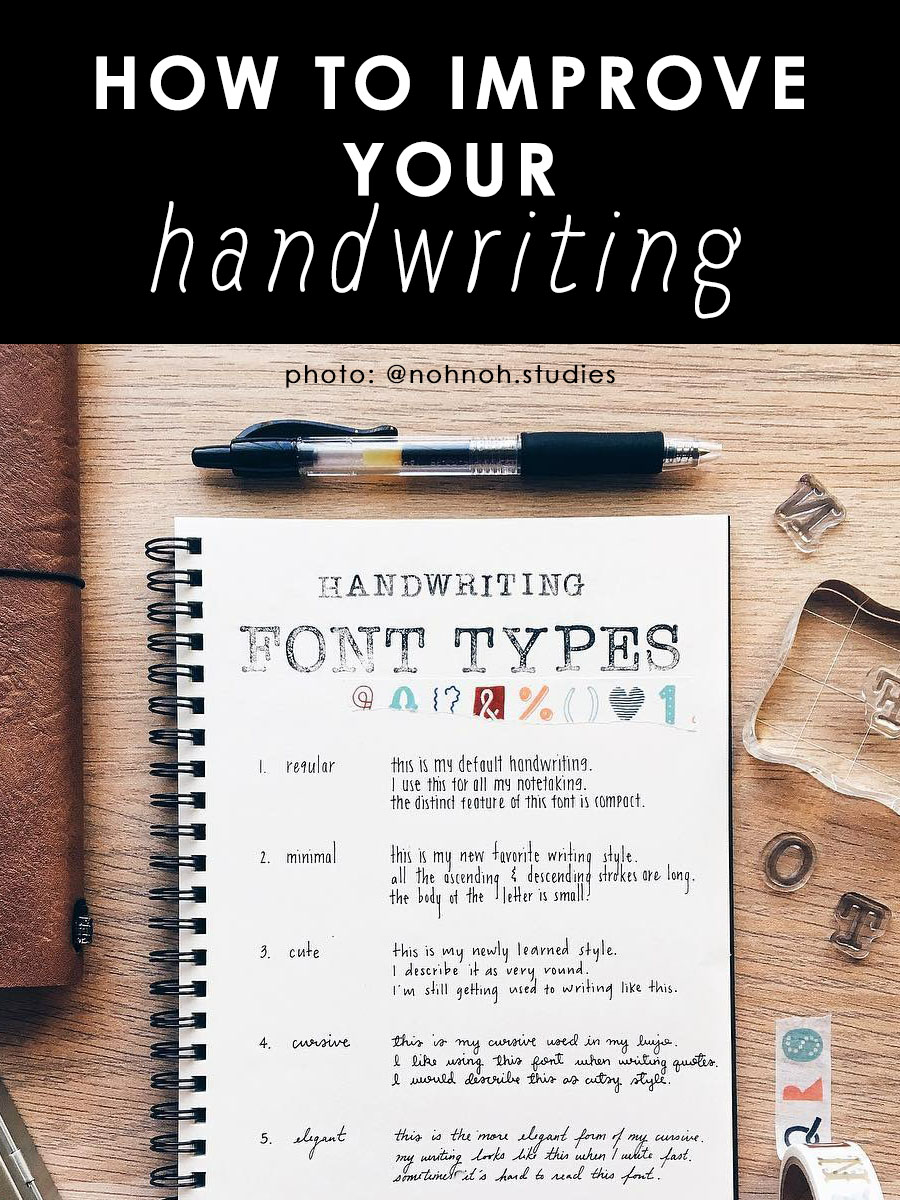Handwriting sometimes seems like a lost art. We don’t rely on paper and pen as much as screens and keyboards nowadays.
You could say there’s no point in improving your handwriting when there’s a quicker way to record your thoughts. However, making your handwriting better can be fulfilling, enhancing the legibility of your written communication and fostering benefits related to personal well-being and self-improvement.
Let’s dive into the basics of handwriting, tips and techniques for improvement, and discuss the broader implications of good handwriting beyond an ancient method for communication.
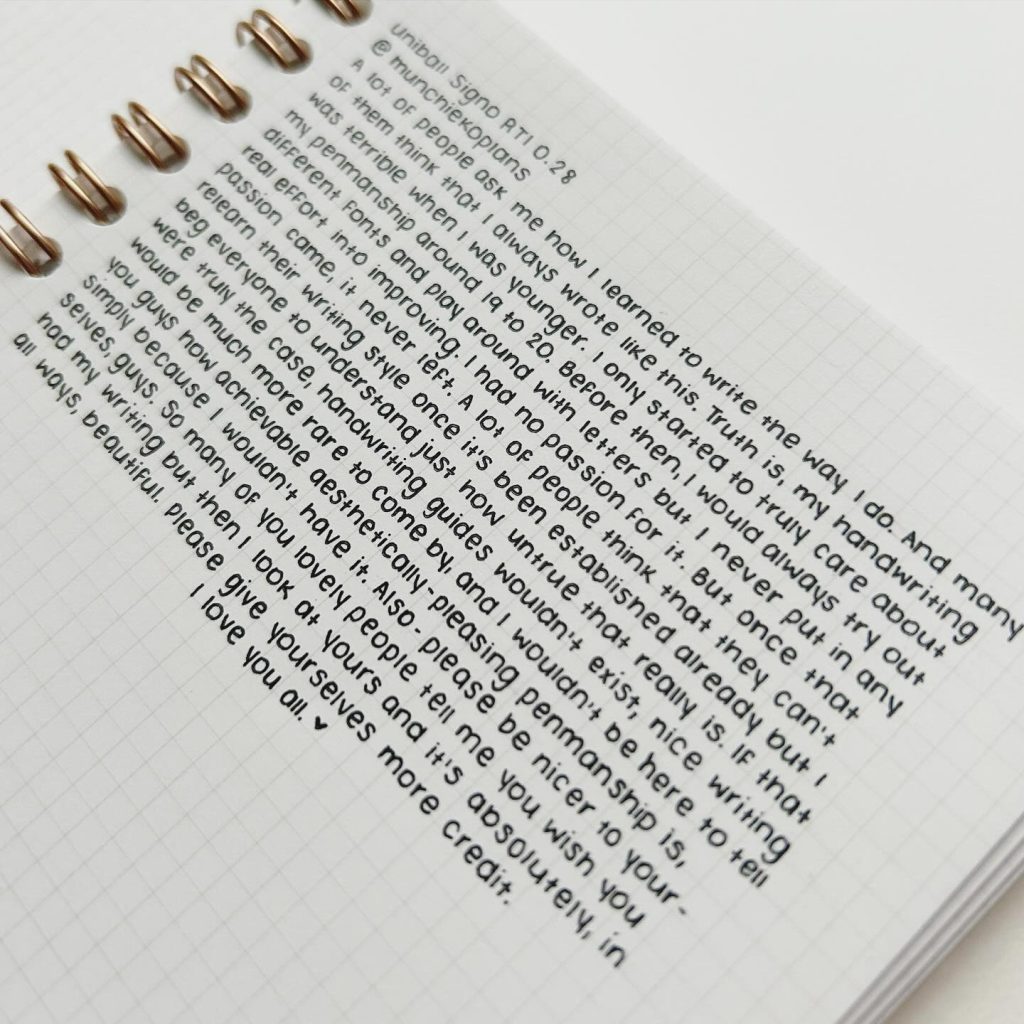
The lost art of longhand
Cursive and script and even writing by hand are on the decline. Most schools now allow the use of laptops for notetaking or no longer require cursive as a skill.
Many people have shifted away from writing by hand, leading to concerns about the potential loss of this traditional skill.
Longhand writing has been valued for its personal touch, the connection it creates between the writer and the written word, and the cognitive benefits it offers.
Despite the increasing reliance on digital communication, some individuals and educators continue to advocate for the preservation of longhand writing as an important skill and a meaningful form of expression. And you can keep it alive by improving your handwriting.

Handwriting basics
Good handwriting is characterized by clarity, consistency, and fluidity. It involves forming letters in a uniform size and style, maintaining proper spacing between words and letters, and writing with a smooth, continuous motion.
The fundamentals of good handwriting begin with understanding the basic strokes that make up each letter. These strokes should be practiced until they become second nature.
Proper posture and hand position are necessary for effective handwriting. Sitting up straight with your feet flat on the floor ensures that your body is well-aligned and reduces strain on your back and shoulders. Your writing surface should be at a comfortable height to prevent hunching or stretching.
When writing, the paper should be positioned at an angle that matches the natural movement of your writing hand. Those right-handed typically angle the paper to the left, while left-handed people should angle it to the right.
The non-writing hand should hold the paper steady, while the writing hand should be relaxed, with the pen held loosely between the thumb and forefinger. This reduces tension and allows for smoother, more controlled strokes.
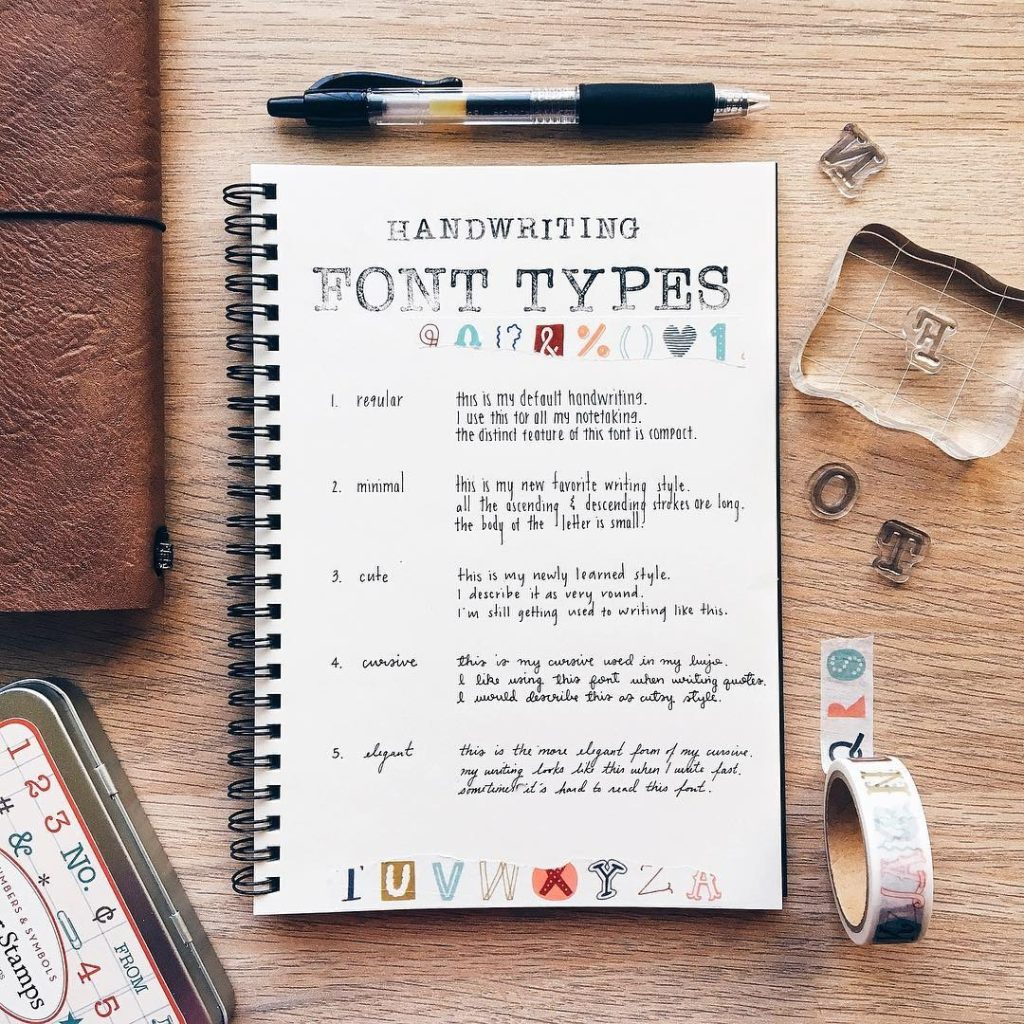
Handwriting improvement tips
Just like anything else, consistent practice is key to improving handwriting. Begin with basic exercises such as drawing straight lines, circles, and loops to develop control and precision (this also helps keep lines straight when drawing).
Progress to writing individual letters, focusing on maintaining a uniform size and shape. Practice writing words and sentences, paying attention to spacing and alignment.
The choice of writing tools can significantly impact handwriting quality. Pens with smooth, consistent ink flow are ideal, requiring less pressure and reducing hand fatigue. Some individuals prefer fountain pens for their smoothness, while others might find gel pens or fine-tipped markers more comfortable.
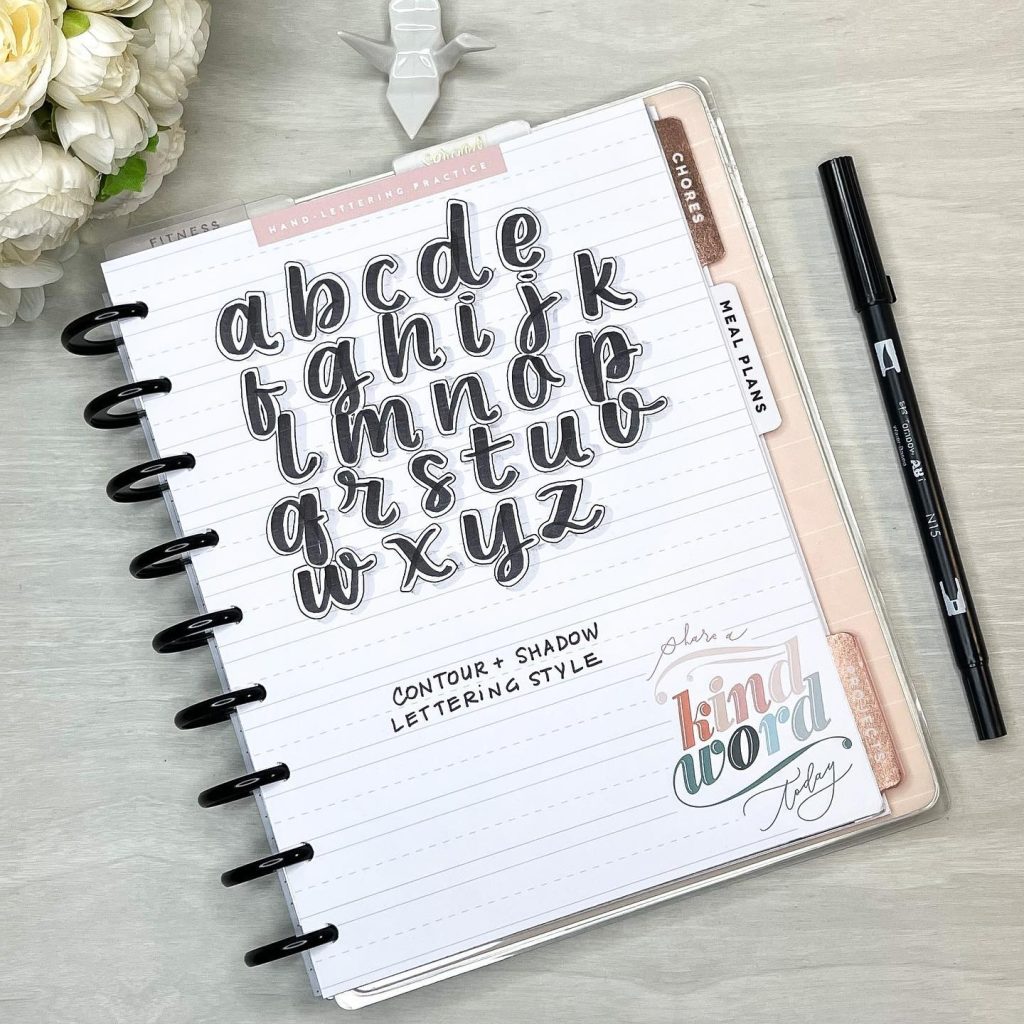
Experiment with different types of pens to find one that feels best for you. Similarly, high-quality, smooth paper can make writing easier and more enjoyable.
Focus on writing each letter slowly and deliberately to improve letter formation and consistency. Break down each letter into its basic components and practice these components repeatedly. Pay attention to the height and width of each letter, ensuring they are consistent.
Using lined or grid paper can help maintain uniformity. Additionally, practice writing in various sizes, from large to small, to develop better control over your hand movements. You can also pick up a tracing book or calligraphy practice pages to remove some guesswork (and frustration) from it.
Handwriting styles
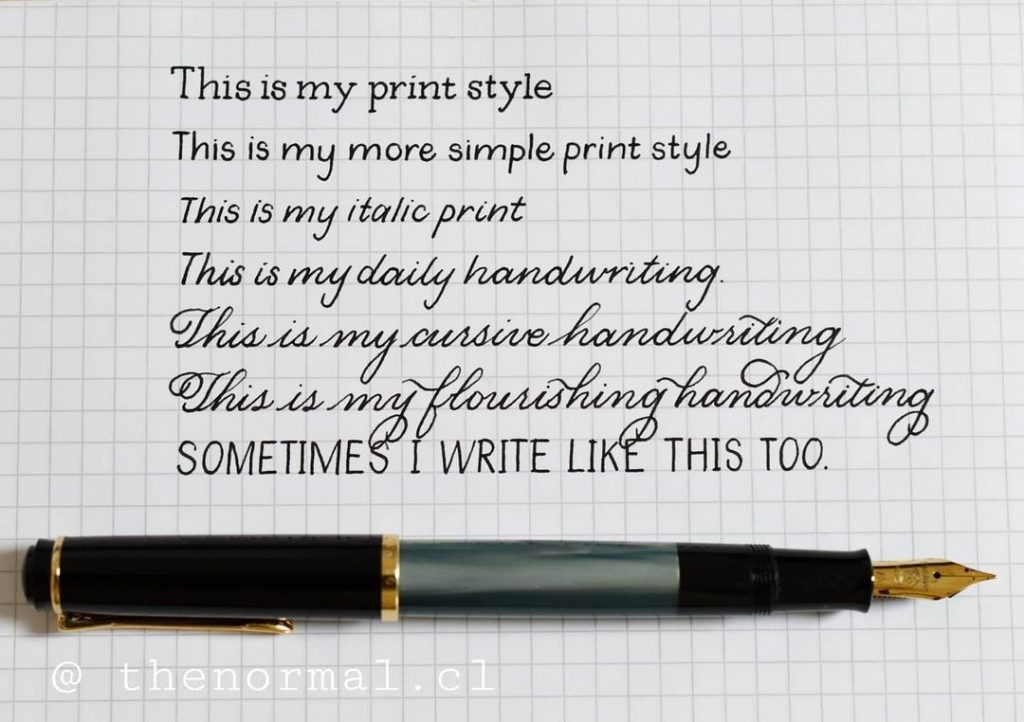
There are several handwriting styles, each with unique characteristics. Some of the most common styles include:
- Print (manuscript) writing: This style uses separate, unjoined letters and is often the first style taught to children. It is simple and easy to read but can be slower to write.
- Cursive writing: In cursive, letters are connected, which allows for faster writing. It has a flowing, elegant appearance but can be more challenging to master.
- Italic handwriting: A style that combines elements of print and cursive, italic handwriting features slightly slanted letters with some connections between letters. It’s known for its readability and efficiency.
Choosing the best handwriting style depends on your personal preferences and writing needs. If speed and fluidity are important, cursive may be the best choice.
Print writing might be more suitable if clarity and simplicity are your priorities. Italic handwriting offers a balanced approach, providing both readability and speed.
Experiment with different styles to determine which one feels most comfortable and natural for you. And don’t forget, your handwriting is unique so don’t get discouraged if it doesn’t look like someone else’s.
Strategies for handwriting practice
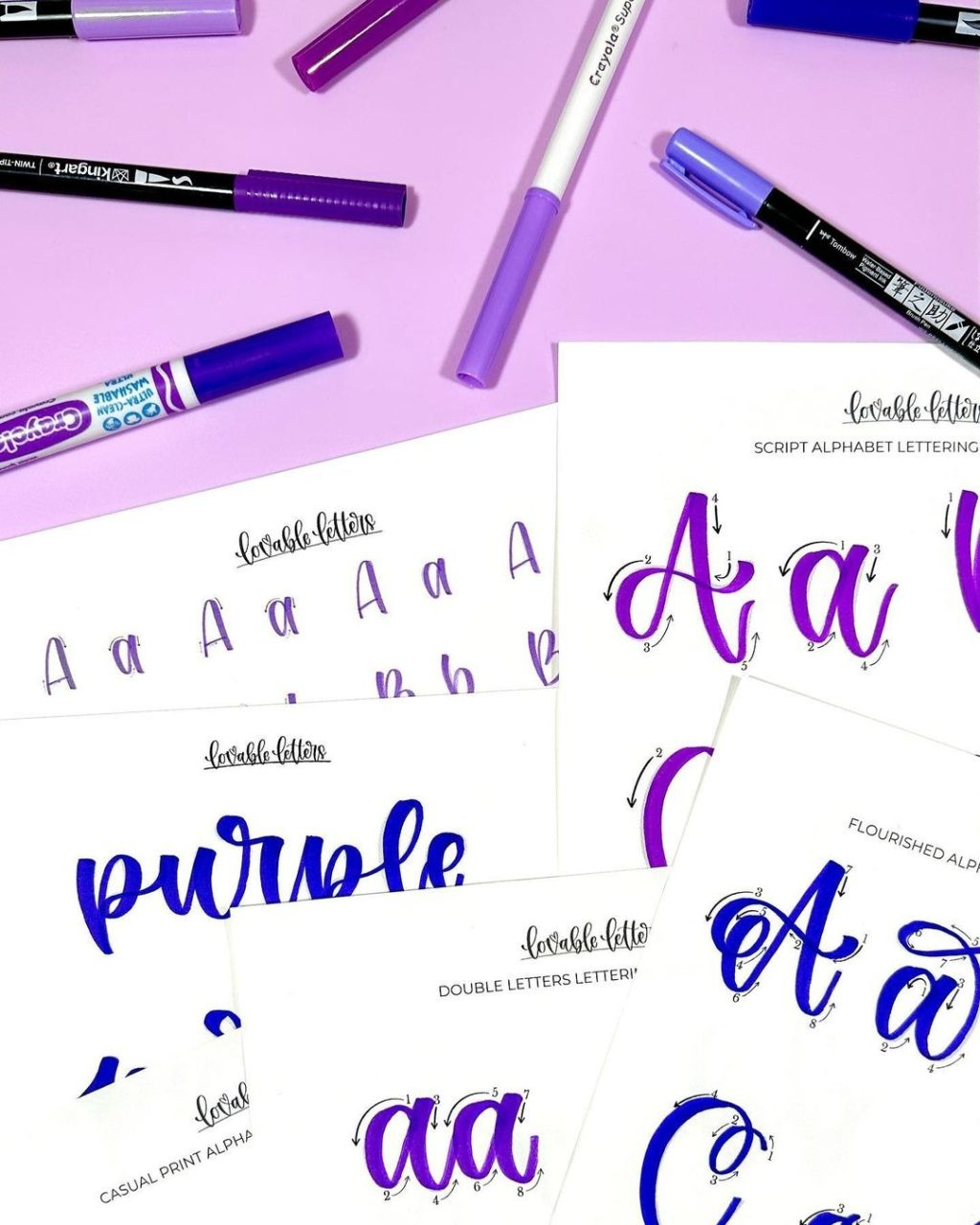
Incorporating handwriting practice into your daily routine can make the process less daunting and more enjoyable. Set aside a few minutes each day to practice writing letters, words, or sentences.
Consider keeping a journal, writing to-do lists, or composing letters by hand. These activities provide practical applications for your handwriting practice and can help reinforce new habits.
Technology can be a valuable tool for handwriting improvement. Numerous apps and online resources are designed to help you practice and refine your handwriting. These tools often provide interactive exercises, feedback, and progress tracking.
Some popular apps include “iTrace” for children and “GoodNotes” for adults. Additionally, using a digital stylus on a tablet can mimic the experience of writing on paper, allowing for convenient practice on the go.
Tips for overcoming common handwriting challenges
Common handwriting challenges include illegibility and hand cramping. To address illegibility, focus on writing slowly and deliberately, paying close attention to letter formation and spacing.
Using lined or graph paper can help maintain alignment and consistency. Unlined paper can also help improve alignment if you can stand your sentences running slanted at first.
Hand cramping often results from holding the pen too tightly or using excessive pressure. To alleviate this, practice holding the pen lightly and using your arm and shoulder muscles to guide your hand. Taking frequent breaks during writing sessions can also help reduce strain and give you room to breathe if you’re getting frustrated.
Improving handwriting can be a gradual process, and staying motivated is crucial. Set realistic goals and track your progress to maintain a sense of accomplishment. Celebrate small victories, such as mastering a difficult letter or completing a page of writing. Finding a handwriting buddy (or pen pal!) can provide support and encouragement.
Handwriting and well-being
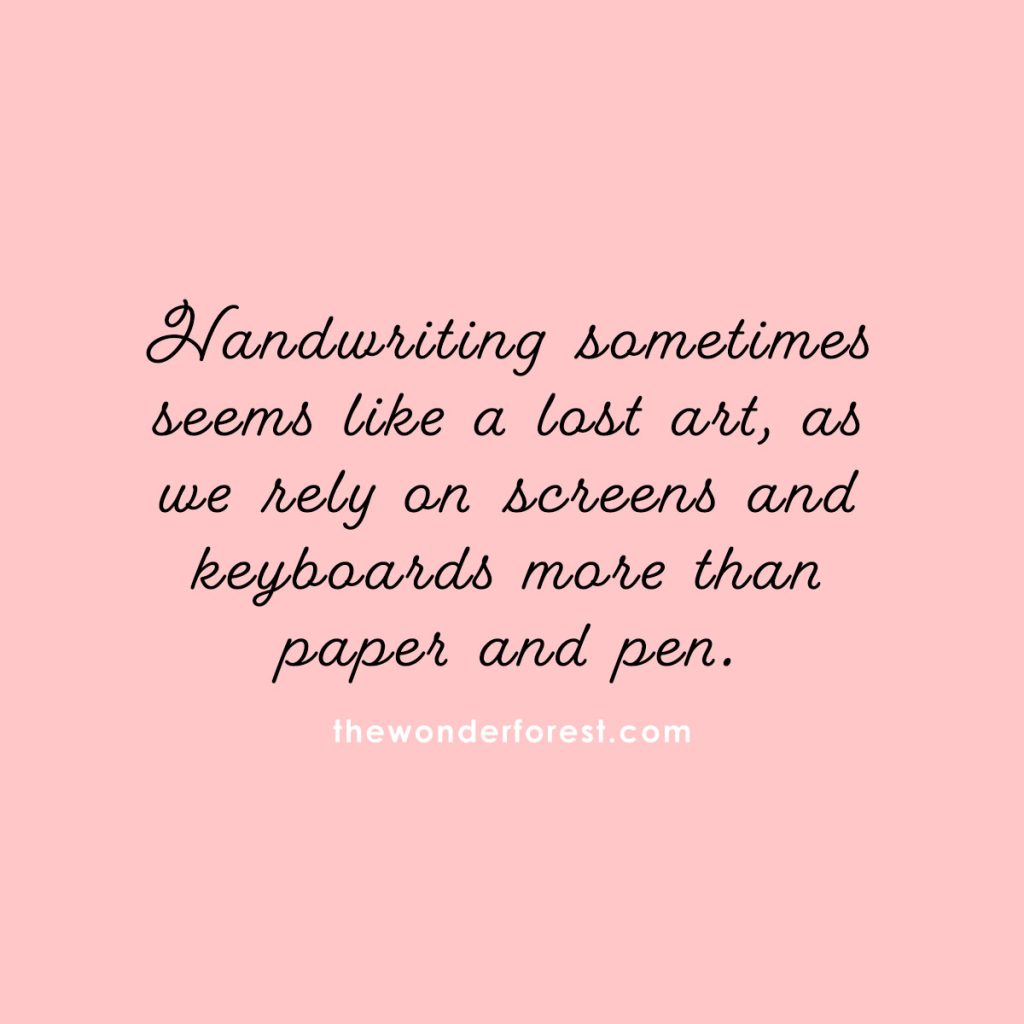
Handwriting is more than just a motor skill; it engages various cognitive functions, including memory, attention, and fine motor coordination. Studies have shown that the act of writing by hand can enhance learning and retention of information. This is because handwriting requires the integration of sensory, motor, and cognitive processes, which can strengthen neural pathways and improve overall brain function.
In other words, the intimate act of longhand writing opens our minds up in a way typing relentlessly on a keyboard doesn’t.
Speaking of mind expansion, improving your handwriting can positively impact your mental well-being. It can be meditative and stress-relieving, providing a break from the constant stimuli of digital devices and the content overload of social media.
Additionally, the satisfaction of seeing tangible progress in your handwriting can boost self-esteem and confidence. Handwriting can also serve as a creative outlet, allowing for personal expression and emotional release, especially when it comes to journaling.
Handwriting for different purposes
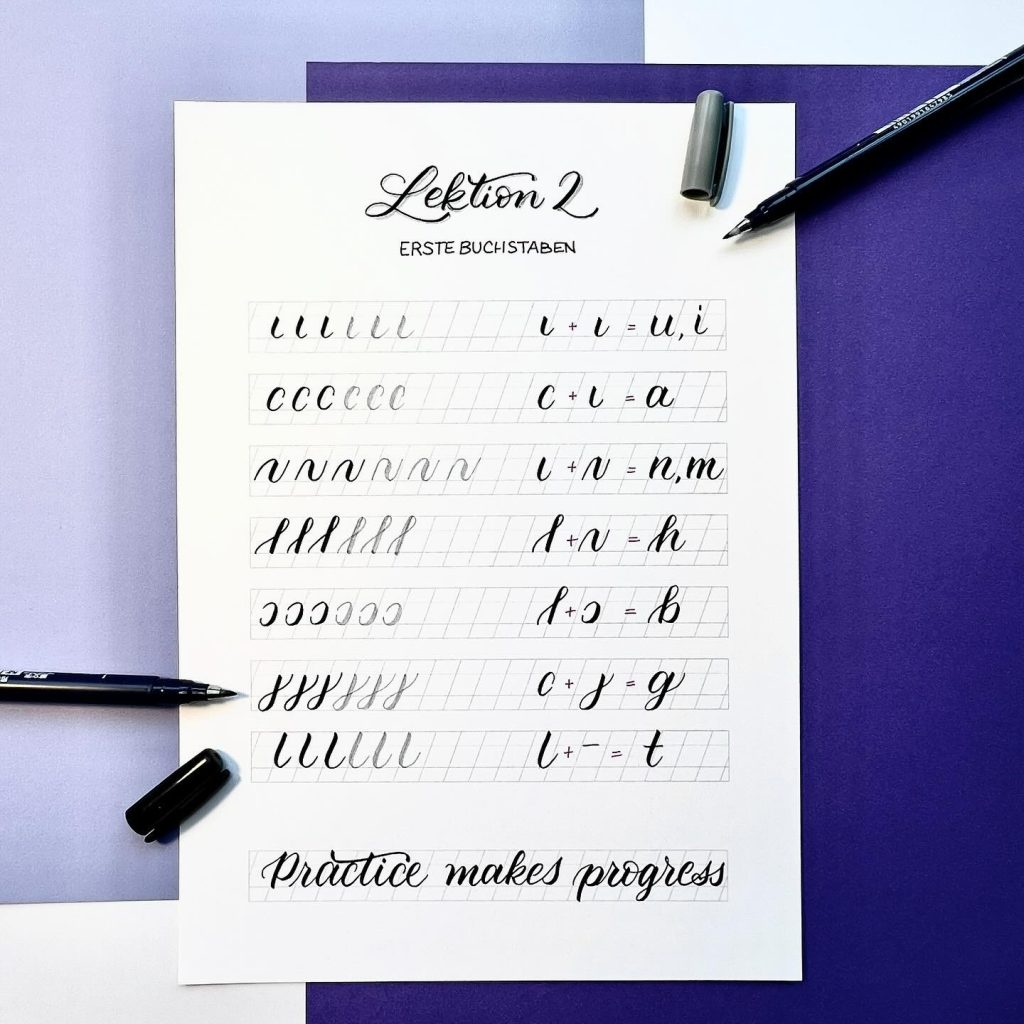
Different writing tasks may require different handwriting improvement approaches, whether personal or professional work. To make note-taking less daunting and laborious, focus on developing a fast and legible style.
Abbreviations and shorthand techniques can be useful for increasing speed without sacrificing clarity—just make sure you have a legend or a key to understand the shortened phrases and words, so you don’t get confused reading them.
Consider experimenting with various handwriting styles for journaling or creative writing to find one that enhances your creative flow. The aesthetic aspect of handwriting can add a personal touch to your written work, making the process more enjoyable and meaningful. Think of adding traces of calligraphy using paintbrushes or bubble letters; it’s all about personalizing it to your tastes.
If you’re feeling adventurous, try letter writing to a long-distance friend. Taking your time to write down your conversation by hand will make you feel closer to that person and your thoughts and I’m sure they’ll appreciate the time taken to send snail mail.
Handwriting resources and further learning
There are numerous resources available to help you improve your handwriting. Some recommended books include “Teach Yourself Better Handwriting” by Rosemary Sassoon and “The Art of Cursive Penmanship” by Michael R. Sull.
Websites such as HandwritingWorksheets.com and apps like “LetterSchool” offer interactive exercises and practice sheets. Or next time you’re at the library or bookstore, check out the biography section, specifically of people’s journals.
Depending on the publication, you can get a birds-eye view of how handwriting, through the ages, has developed thanks to photocopied entries. (And you’ll be surprised how many famous writers and geniuses have nearly illegible handwriting.)
Handwriting is here to stay
Handwriting remains an essential skill despite the prevalence of digital communication. Good handwriting enhances clarity, improves cognitive functions, and provides a means of personal expression. It gives your eyes a break from the screen while opening up your inner world to better understand your thoughts.
Improving your handwriting is a journey that requires patience and dedication, but the rewards are well worth the effort. Whether you seek to enhance your note-taking skills, add a personal touch to your writing, or simply enjoy the meditative process of writing by hand, the benefits of good handwriting are manifold.
Just don’t forget to embrace the journey and celebrate your progress. You are unique, as is your handwriting, so it’s up to you to define it.
PIN THIS:
